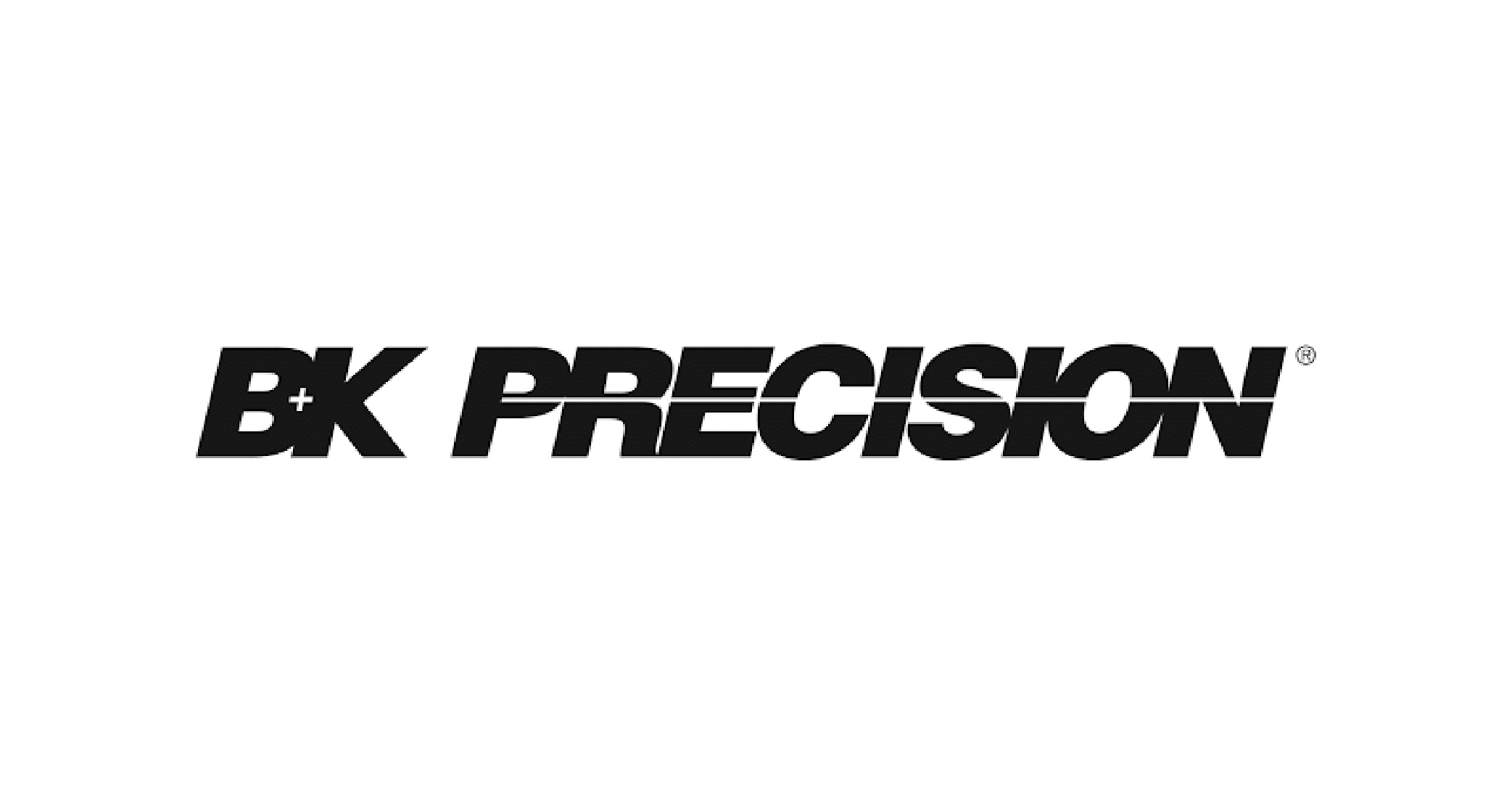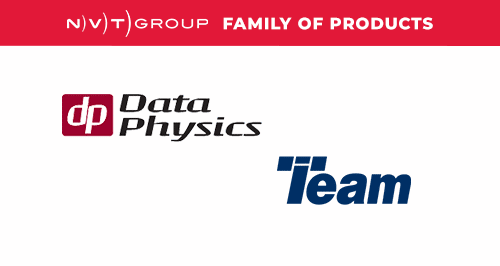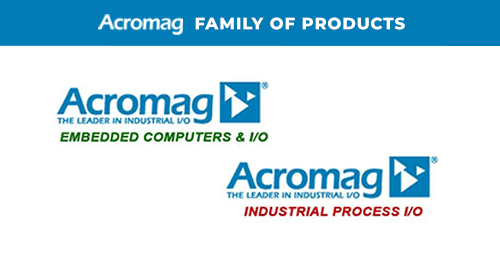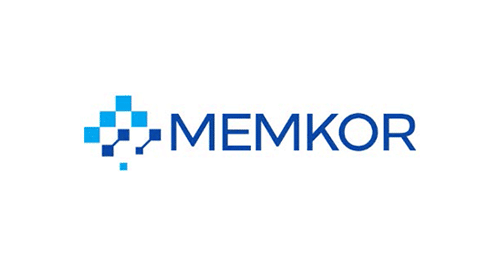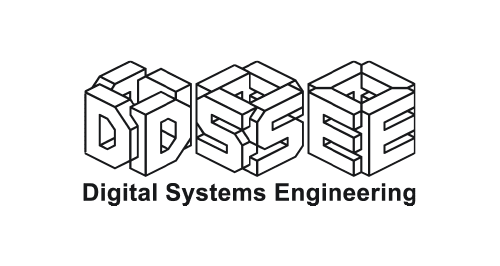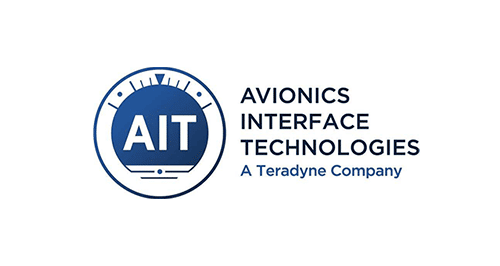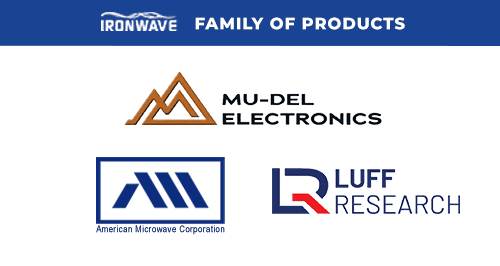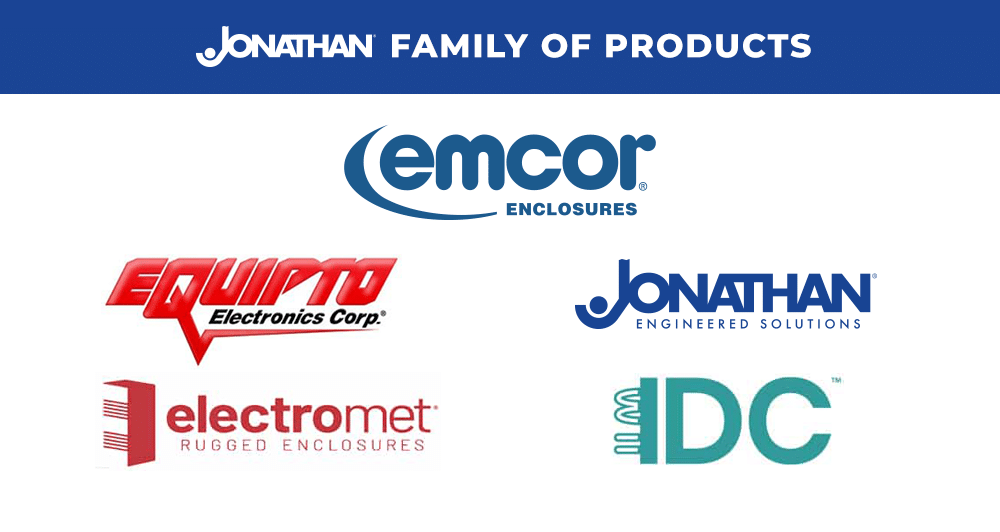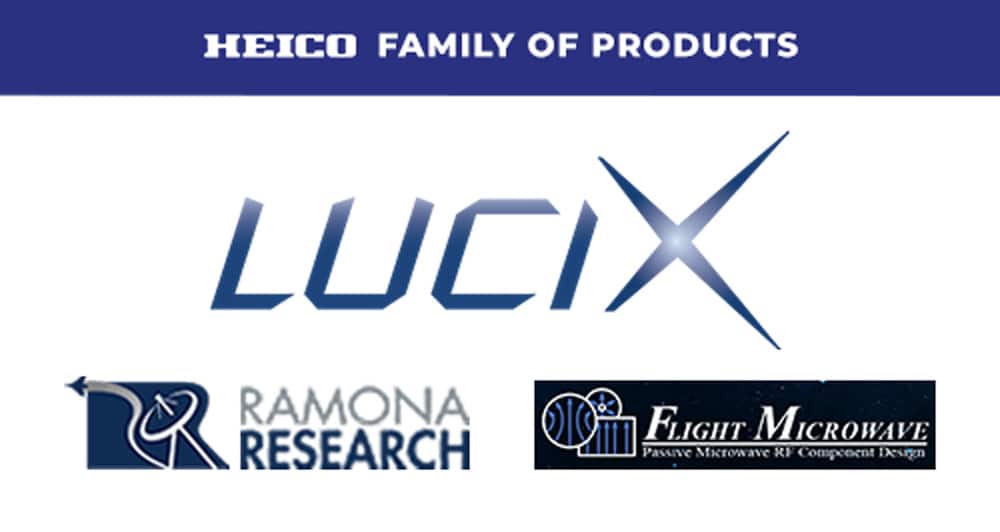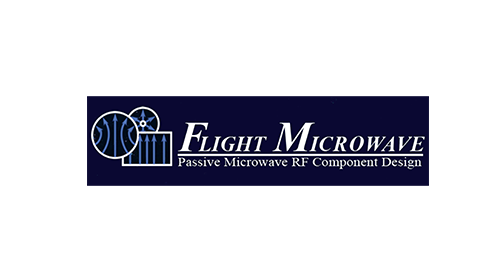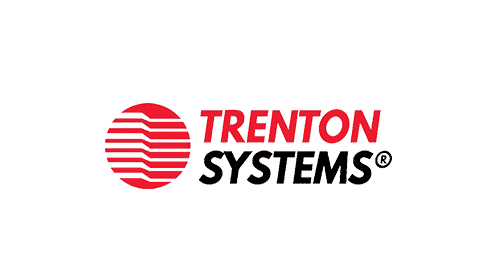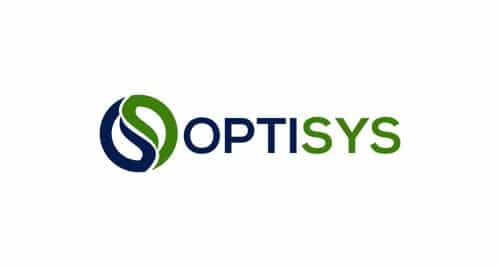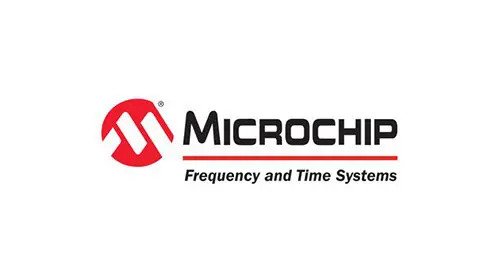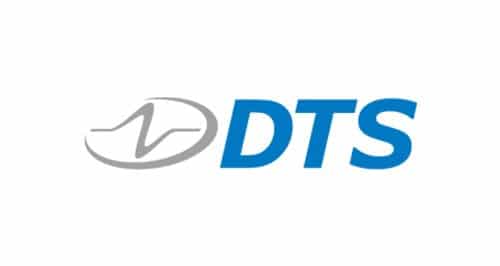
A 6-DOF Vibration Specification
Multiple degree of freedom (MDOF) excitation systems and MDOF vibration control systems
continue to improve, and are now standard equipment in many dynamic test laboratories. This paper concentrates on the often overlooked process of determination of an input specification for such MDOF (6-DOF) systems.
DISCUSSION AND CONCLUSION
Two techniques were introduced for consideration in establishing an input specification for a MDOF system. It was shown that simple enveloping techniques are not appropriate when considering CSD terms, due to the sensitivity of such operations associated with maintaining a physically realizable reference. The resulting SDM references yielded through the process outlined are fully populated SDMs. Importing the fully populated SDM into the MDOF control system in an efficient manner is essential due to the volume of information involved.
While synthesizing a drive signal with CSD characteristics of the field data is desired, it is recognized that the mechanical impedance of the laboratory configuration is highly unlikely to match that of the field data. Therefore, it will be difficult to maintain CSD characteristics across the spectral bandwidth of interest, and thus the control hierarchy will generally place emphasis on the ASD terms. Also, it is not uncommon in MDOF tests for a specific mechanical degree of freedom to consist of a very small percentage of the composite energy across all mechanical degrees of freedom. In such cases, the associated error for the low DOF will often be higher than the desired test tolerances, and it may be necessary to consider global test tolerances.
Care was taken in the examples provided to limit conservatism in the VSD process. Conservatism is cumulative across degrees of freedom and, if not managed carefully, will yield test levels significantly higher than the measured environment. Unlike the common technique of essentially adding 3dB to all measurements prior to conducting averaging or enveloping techniques in the 1-DOF arena per reference 7, all weighted averages in the 6-DOF examples shown were based on raw averaged data. Conservatism to account for variables such as fleet variability and mission scenario omissions were added in the final step.
Magnitude amplification associated with time compression techniques was limited to no more than maximum measured levels. Also, on the subject of tolerances, one may find it reasonable to define phase and coherence tolerances over only a portion of the test bandwidth. In the example provided, the coherence dropped off considerably at frequencies above 50 Hz. Since the phase term is essentially a random variable for low coherence, setting tolerances for frequencies greater than 50 Hz would not be recommended for the example shown.
[ninja_form id=4]
REFERENCES
1. Smallwood, D.O. 2008. A Proposed Method to Generate a Spectral Density Matrix for a MIMO Vibration Test. Proceedings of the 81st Shock & Vibration Symposium, Orlando, Florida, USA.
2. Methodology Study, Final Report of MIMO Vibration Specification Guidance. 2010. DTC/RTC Methodology Study, March 2010.
3. Hale, Michael and Marcos A.Underwood. 2008. MIMO Testing Methodologies. Proceedings of the 79th Shock & Vibration Symposium, Orlando, Florida, USA.
4. Fitz-Coy, N., Hale, M, and V. Nagabhushan. 2010. Benefits and Challenges of Over-Actuated Excitation Systems. Shock and Vibration Journal 17 (3).
5. Underwood, M. and T. Keller. 2006. Applying Coordinate Transformations to Multi-DOF Shaker Control. Sound and Vibration (January) 22-27.
6. Nobel, Ben and James W. Daniel. 1988. Applied Linear Algebra. Third Ed. Englewood Cliffs, NJ: Prentice-Hall.
7. NATO Allied Environmental Engineering and Test Publication (AECTP) 200, Leaflet 2410, June 2009.
8. Test Operations Procedure (TOP) 1-2-602. 2011. Laboratory Vibration Test Schedule Development for Multi-Exciter Applications, August 2011.
9. Underwood, Marcos A. 2002. Multi-Exciter Testing Applications: Theory and Practice. Proceedings of the Environmental Sciences and Technology, ESTECH2002, May 1, 2002, Anaheim, CA.
10. Conversation with Dr. Marcos Underwood, January 2011.
